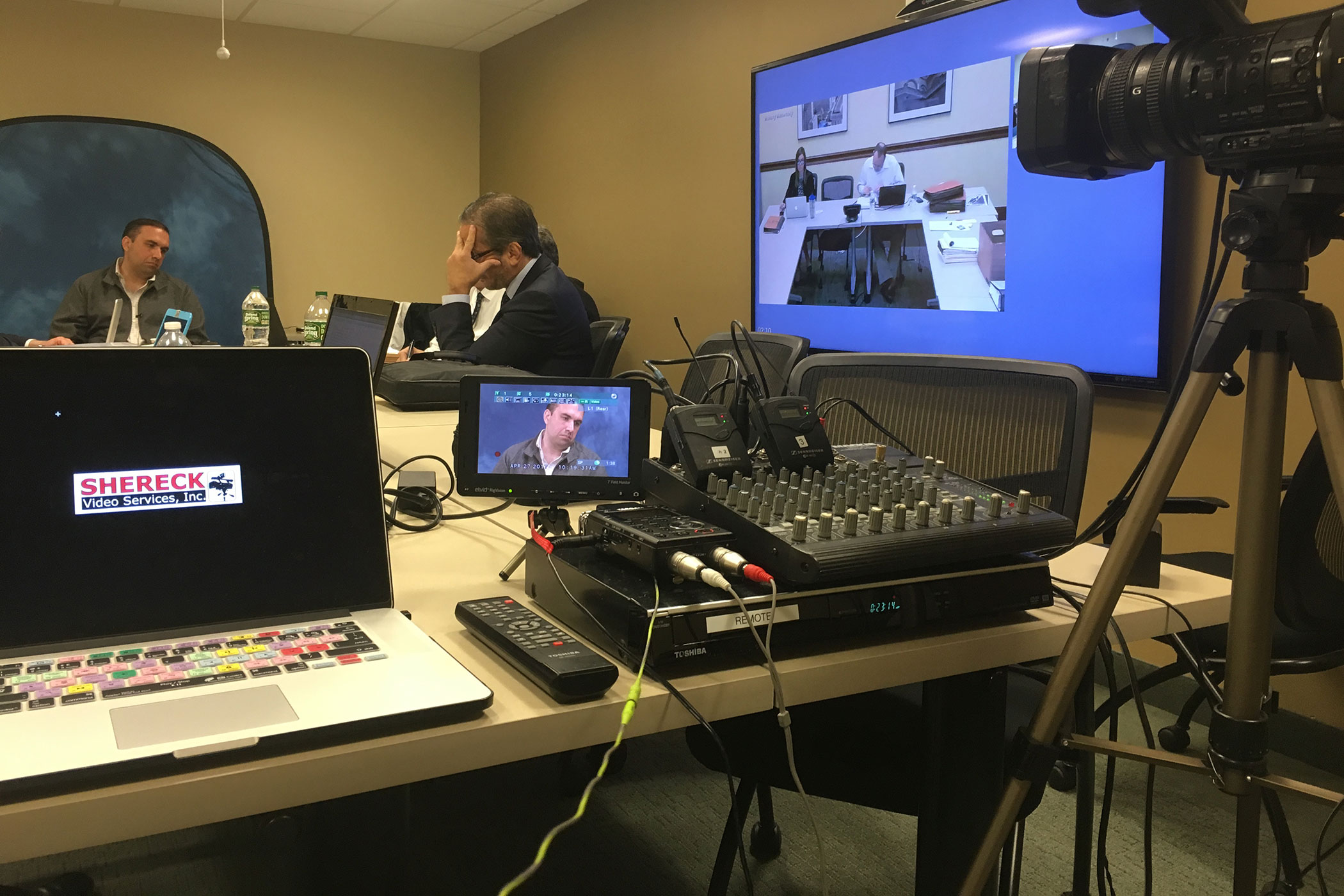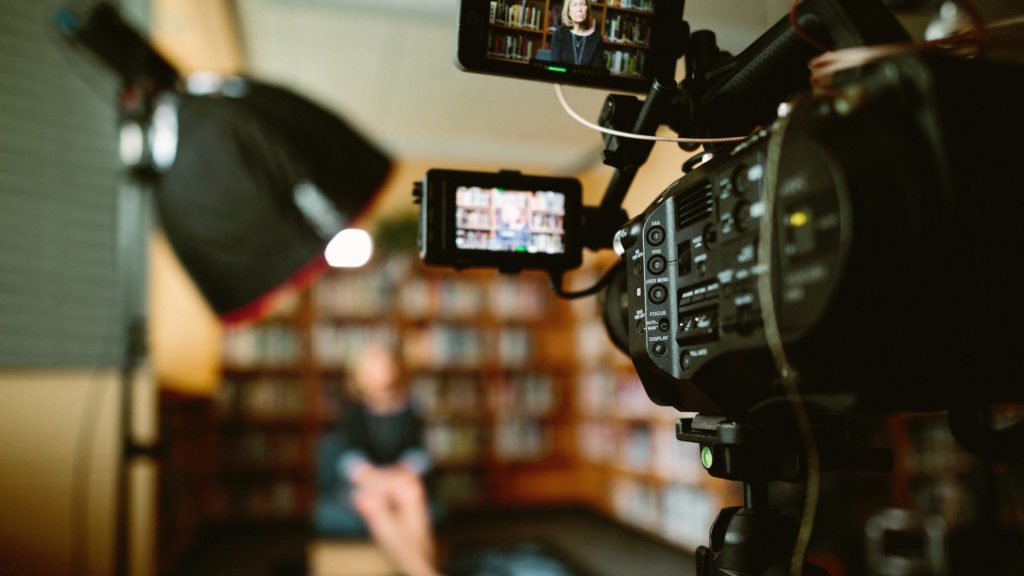Key Elements to Consider When Hiring Legal Videography Professionals
Key Elements to Consider When Hiring Legal Videography Professionals
Blog Article
Diving Into the Devices of Lawful Videography: Introduction Its Procedure in Shielding Authentic Aesthetic Testament for Judicial Proceedings
In the realm of judicial proceedings, the function of lawful videography stands as a foundation in preserving and offering visual proof. As modern technology proceeds to advancement, the devices behind legal videography have become significantly elaborate, supplying a vital layer of authenticity to testaments captured on video.
Historic Evolution of Lawful Videography
Analyzing the historic development of lawful videography reveals a considerable transformation in the catching and discussion of aesthetic proof within the lawful landscape. In the past, legal process heavily relied upon created pictures and records to document events and offer proof. However, with the development of video clip modern technology, the legal market observed a standard change in just how visual testament was captured and presented.
The development of lawful videography can be mapped back to the late 20th century when improvements in video clip recording equipment made it much more easily accessible for usage in courts. This technological development not only enhanced the accuracy and integrity of aesthetic evidence but additionally reinvented the method situations existed to discretionary (Legal Videography). Attorneys began to acknowledge the persuasive power of video recordings in conveying emotions, nuances, and non-verbal hints that written pictures or records alone might not catch successfully

Modern Technology Advancements in Video Clip Documents
What vital technological developments have reinvented video documentation in the lawful area? The lawful area has seen significant advancements in video documentation technology that have boosted the authenticity and integrity of aesthetic evidence in judicial proceedings. Among the crucial improvements is high-definition (HD) video recording capacities, which provide crystal-clear images and sharp information that are vital for precisely catching statements, facial expressions, and various other aesthetic cues. Additionally, the integration of timestamping and metadata attributes in video documents devices has enabled specific paperwork of when and where the video was videotaped, guaranteeing the integrity of the evidence provided in court.
Moreover, innovations in video security and watermarking technologies have actually boosted the safety and security and tamper-proof nature of video clip evidence, protecting it against unapproved alterations or meddling. The arrival of cloud storage options and remote accessibility capacities has structured the storage space, retrieval, and sharing of video evidence, helping with smooth cooperation among legal professionals and guaranteeing reliable accessibility to crucial visual statements when required. These technical advancements in video documentation have definitely revolutionized the lawful area, boosting the precision, integrity, and admissibility of aesthetic proof in judicial process.
Function of Legal Videographers in Court Room Setups
The development of video documentation technology in the legal area has necessitated an essential role for lawful videographers in court settings, making certain the stability and dependability of visual testaments provided during judicial procedures. Legal videographers play a fundamental duty in catching and preserving accurate aesthetic evidence that can be essential in lawsuit. Their responsibility extends to establishing devices, tape-recording process, and creating top quality videos that accurately show the occasions in the court room.
Additionally, Resources lawful videographers often work carefully with legal teams to make certain that the video evidence lines up with the situation's demands and can be you can try these out properly presented in court to support the legal disagreements being made. Generally, the role of lawful videographers in court setups is crucial in promoting the principles of justice and making certain the openness of lawful process. Legal Videography.

Ensuring Admissibility and Stability of Video Clip Evidence
To maintain the reliability of aesthetic evidence presented in legal process, guaranteeing the admissibility and honesty of video evidence is an important duty for legal videographers. Admissibility describes the approval of proof by the court, and for video evidence to be permissible, it should satisfy particular criteria. Legal videographers play an important duty in guaranteeing that the videos they catch follow the regulations of evidence, such as importance, integrity, and credibility.
Stability of video evidence entails keeping the originality and precision of the video from the moment it is tape-recorded till it exists in court. This consists of securely saving the video clip documents, documenting the chain of wardship, and stopping any tampering or alterations. Lawful videographers have to follow rigorous methods to assure the honesty of the video clip evidence and protect against any type of obstacles to its authenticity.
Future Trends in Legal Videography
Offered the boosting reliance on technology in legal proceedings, lawful videographers visit their website are positioned to embrace cutting-edge improvements shaping the future of aesthetic testimony capture and discussion. Among the famous fads imminent is the assimilation of digital reality (VIRTUAL REALITY) and boosted fact (AR) technologies right into lawful videography. These innovations have the prospective to revolutionize how aesthetic evidence is presented in courtrooms, allowing discretionary to immerse themselves in the scene of the crime or occurrence.
In addition, making use of fabricated intelligence (AI) formulas for video analysis is anticipated to simplify the process of examining and assessing big amounts of video footage. AI can aid in recognizing key moments, abnormalities, and patterns within video clips, enhancing the performance of legal investigations.

Conclusion
In final thought, legal videography has played a vital function in offering authentic visual proof for judicial procedures. Through technical advancements and the proficiency of lawful videographers, the stability and admissibility of video proof are made certain in court settings. As lawful videography continues to develop, it will certainly be vital to copyright standards that preserve the precision and reliability of visual statement for the future of legal proceedings.
Taking a look at the historic progression of lawful videography discloses a considerable change in the catching and presentation of visual evidence within the lawful landscape.The development of video clip documents modern technology in the lawful field has necessitated an essential role for lawful videographers in court room settings, making sure the honesty and integrity of aesthetic statements provided throughout judicial procedures. Additionally, legal videographers commonly function very closely with legal groups to guarantee that the video clip proof straightens with the situation's demands and can be efficiently offered in court to support the lawful disagreements being made.To preserve the reputation of visual evidence offered in legal proceedings, guaranteeing the admissibility and stability of video clip proof is an essential responsibility for lawful videographers. As legal videography proceeds to advance, it will certainly be essential to maintain requirements that preserve the accuracy and reliability of visual testament for the future of lawful proceedings.
Report this page